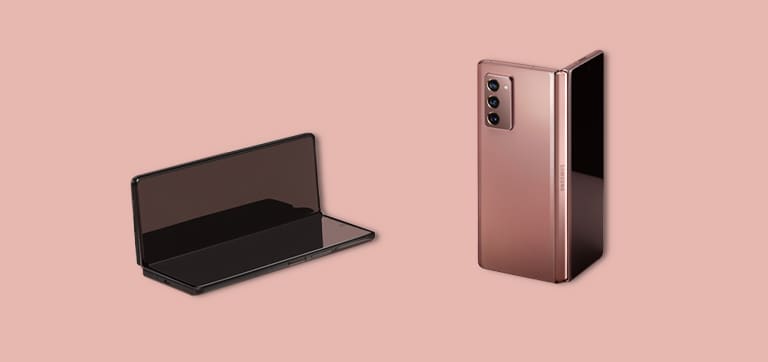
Five Smartphones With The Best Cameras
As time passes, we tend to demand more from our tech devices. Fifteen years ago, a phone that can make calls and send text messages would be incredible, but not anymore. It needs to be your workspace, your living room TV, and your morning newspaper. Smartphones these days are also equipped with the right tools to capture and record your everyday experiences, rivalling DSLR cameras with their portability and image quality. If you’re on the hunt for these devices, here’s a list of the five smartphones with the best cameras.
Huawei Mate 20 Pro – Smartphone with the Best Camera
DxOMark is considered by almost every tech publication to be the gold standard in testing image quality. According to their list of best smartphone cameras out there, Huawei Mate 20 Pro is right at the top of the food chain. What separates this phone from the pack is its three rear cameras with 8MP, 20MP, and 40MP, respectively. These three cameras allow the phone to be one of the most versatile ones around, capable of handling multiple shooting scenarios.
The setup improves image processing and reduces noise in photos, making sure your snaps look stunning, even in low lighting. The 8MP rear camera provides you with 3x zooming capabilities without compromising quality, making this Huawei phone a juggernaut in most departments. The phone has some of the best specs available on the market, coupled with an array of settings for you to adjust.
Huawei P20 Pro
The Mate 20 Pro’s older sibling takes the second spot on our list of smartphones with the best camera, and with good reason. The P20 Pro was the phone that initially put Huawei on the map, and only differs from the Mate 20 Pro in terms of screen size and the lens setup. The older and smaller phone has a monochrome chip, which the Mate 20 Pro doesn’t, creating amazing black and white photo filters. However, if you’re mostly a fan of colour photography, this won’t be a significant concern.
Google Pixel 3
It wasn’t too long ago when Google’s flagship smartphone was the one to beat, topping the DxOMark lists for some time. Many smartphone users value multiple camera lenses and the versatility that offers, but some still treasure the simplicity of a single rear camera lens, which the Pixel 3 has stuck with for its latest model.
The Pixel surpasses the competition mostly through its AI and software. There’s no dual-camera at the back, but there is a dual-pixel sensor for the 12.2MP rear camera, allowing the phone to take great pictures in almost any scenario, including low light. The zoom and bokeh functions for the back camera are also a step up from the previous generation, with video recording also taking a step forward with adjustable frame rates. Through Google’s machine learning, it more than makes up for a second rear camera and achieves results on par with competitors.
iPhone XS and XS Max
No list is complete without an iPhone. The dual 12MP camera setup, with wide-angle and telephoto lens at the back, provides impressive photo-capturing capabilities in bright light, presenting photos with a tremendous amount of detail and colours. The previous criticisms of the iPhone’s flat colour profiles have been softened to a great extent.
The hallmark of the XS, though, is in its video shooting. Both cameras have optical image stabilisation to reduce shaky recordings while preserving the same detail and colour you would see in still photos. The XS does have an impressive portrait mode for selfies with its front-facing 7MP camera, but it’ll be an even better option for those users who prefer video to stills. This is the phone for a videographer.
Samsung Galaxy Note 9 and Galaxy S9
The cameras on the Note 9 and the Samsung Galaxy S9 are identical, but the Note offers a handy stylus and some new modifications to improve the camera’s functionality.
Both smartphones have an 8MP front camera and two 12MP rear cameras. They’re great for low-light photography and video recording, and the front camera has a stellar bokeh effect for portraits and selfies. However, the Note 9 kicks things up a notch with its AI, capturing more detail and boasting a new scene-optimiser function, which adjusts the white balance and colour composition based on the subject you’re shooting.
You can also use the S Pen stylus as a remote shutter key without having to touch the phone’s screen. If you’re after a comprehensive photo and video capturing package, the Note 9 trumps the S9, but the latter comes at a lower cost if you have budgetary constraints.
Conclusion
This shortlist is an excellent place to start if you’re looking for smartphones with the best camera. Once you identify your specific photography and videography needs, the choice becomes more straightforward. Whether you’re after the next selfie, landscape photo, or live-action video, the various options we provided should have you covered.


